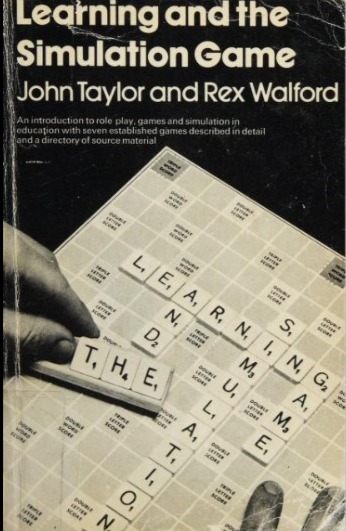Learning and the Simulation Game

Taylor, John L. and Walford, Rex. Learning and the Simulation Game. 1978. Open University Press. Learning and the Simulation Game is a seminal work in educational theory, particularly in the use of simulation and role-play as dynamic tools for classroom learning. Building on their earlier book Simulation in the Classroom (1972), Taylor and Walford present a refined, practical guide for educators seeking to implement simulations to foster engagement, critical thinking, and experiential learning among students. The book is structured to be accessible for both newcomers and experienced educators. It begins with a theoretical foundation, outlining how simulations mimic real-life decision-making and problem-solving processes. The authors then delve into the design and implementation of educational simulations, offering step-by-step guides, examples, and case studies across subjects like history, geography, and social studies. Importantly, Taylor and Walford emphasize the educational value of student participation—not just in playing games, but in reflecting on outcomes, negotiating roles, and making sense of complex systems. The book promotes simulations not merely as "fun" activities but as tools for serious inquiry and social learning. This book has several strengths: offers templates and real classroom examples, links activities to learning theories and curriculum goals, simulations can be tailored for different age groups and subjects. In otherwise, this book is dated in terms of technology (published in 1978), though the core ideas remain relevant. Then, some examples may feel UK-centric or tailored to specific educational systems. Learning and the Simulation Game remains a valuable resource for educators interested in active learning methodologies. Its emphasis on creativity, engagement, and experiential learning continues to inspire modern educational practices, including digital game-based learning. While the tools may have evolved, the book's core message—that learning is most effective when students are active participants—still resonates today.
